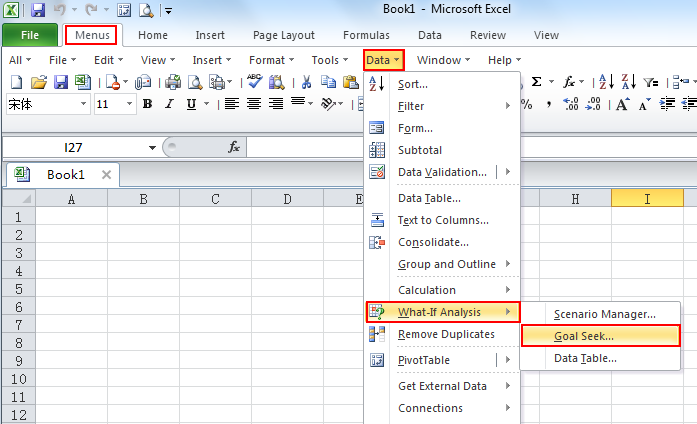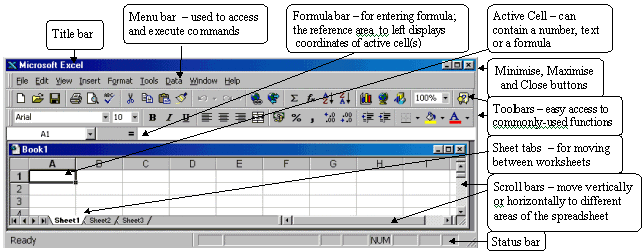

In the above example, the MINIFS formula is returning 88, because that’s the lowest number that meets the criteria. For example, you can use it to sort the oldest and youngest ages from a sample of men and women, displaying the values by gender. But it does more than just that, it also sorts values in relation to a particular criteria too. This handy formula identifies which value is the lowest and which is the highest. In the example above, the formula is replacing the letter ‘t’ with ‘b’. It’s another one that does exactly what it says, and is extremely useful for updating URLs, removing unintentional spaces or spelling errors. This is a useful trick that is ideal for updating cells in bulks. You could say this formula lives for the weekend. =NETWORKDAYS is its more useful counterpart, and is used to calculate the number of working days between two dates. =DAYS determines the number of days between two calendar dates, and is commonly used to determine product life cycles or contract periods. You’ll find a comprehensive SUMIF tutorial here. In the above example, the formula is adding up the numbers in cells that are higher than the number 5. The formula adds up the values in cells which meet a selected number.

The =SUMIF function is an essential formula in the world of data analytics. In the above example, Len is used to count the number of characters in the names. It’s often used when creating texts with character limits, or when trying to identify the difference between product numbers. LEN is used in data analysis to display the number of characters in any given cell. You’ll find a step-by-step guide to the VLOOKUP function here, and it’s also worth checking out the XLOOKUP function, too. For example, if you have a list of months of the year with the profit made in each month, =VLOOKUP can present the data from the month of your choice. The formula allows you to look up data that is arranged in vertical columns. You’ve no doubt come across =VLOOKUP, which will be familiar to anyone who’s used Excel. You’ll find a complete step-by-step CONCATENATE tutorial here. Combining the components of a URL, or the lines of an address, are two typical examples of what the formula is used for. It’s one of the most powerful formulas for conducting data analysis, and is commonly used to combine text, dates and numbers.

Concatenate allows you to combine the values of several cells into one. By the end of this article, you’ll have an understanding of the basic functions of Excel, and an appreciation for its capabilities. To get you in the mood for some number crunching, we’re covering 10 Excel formulas that’ll make your life a lot easier if you learn them. The course is comprised of 10 exercises, and students will learn the basics of Excel while working on a data set related to the video game industry.
#How to use data analysis in excel windows 10 series#
We’re launching an Intro to Data Analytics Course, which will focus on a series of Excel-based analytical tasks. These formulas operate on values within a cell or cells, producing specific information such as the total sum or lowest value of a selection of cells. To use Excel properly, a good understanding of the program’s formulas is required. In this article, we’re giving you a taste of how Excel is used by data analysts. This spreadsheet program is one of the first things aspiring data analysts must get to grips with. Microsoft Excel, that tricky beast we’ve all used at some point in our lives, is an essential tool in data analytics.


 0 kommentar(er)
0 kommentar(er)
